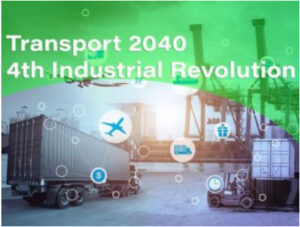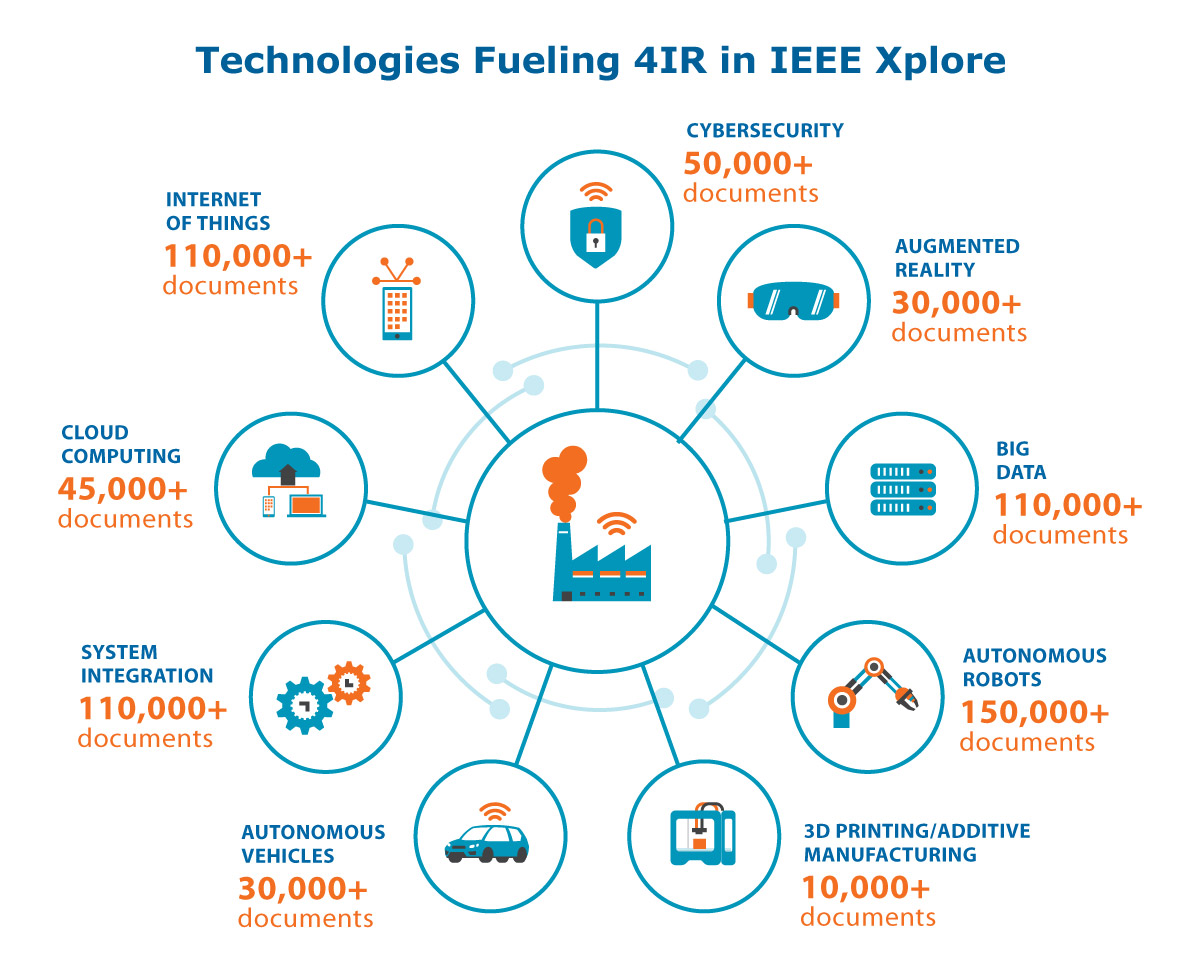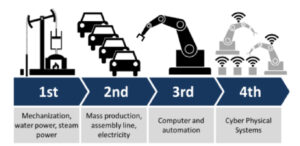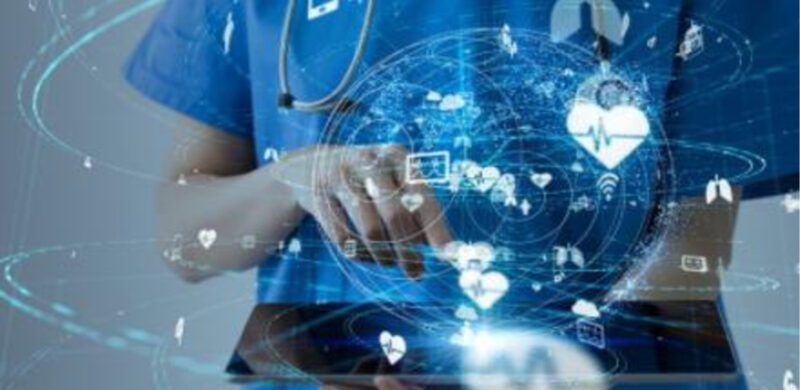~ DAVNEEKA RANAWAT
The history of industrial revolutions is one of humanity’s search for increased efficiency. The first industrial revolution heralded the mechanization of the production process using water and steam power. It was the second industrial revolution that used electricity as a means to increase the scale of production. This was followed by the third revolution that employed electronics and information technology for automation. The ongoing industrial revolution (4IR) employs a fusion of technologies that blurs the distinction between digital, biological, and physical spheres within production. It is unique in its unprecedented velocity, expansive scope, and its unrivaled potential for systems impact.
4IR has generated an increase in public and private sector investment within the transportation industry. It is therefore imperative to look towards trends within the ongoing digital revolution when evaluating the future of mobility. This article explores this transformation of the industry through the lens of Blockchain Technology, the so-called ‘Internet of Things’, Artificial Intelligence, Machine Learning, and Autonomous Vehicle Technology. It seeks to understand the potential benefits, threats and opportunities posed by the same.
1. The Role of Blockchain Technology
Blockchain technology serves two unique functions within the industry that have given it a pivotal role in the upheaval of the industry. As a distributed ledger, it lacks a central point of control and instead operates as a peer-to-peer network, making it difficult to hack (Dujak, and Sajter). This is one of the main incentives that lead to firms adopting this technology as secure data is a major requirement for transportation companies looking to improve their operations.
Apart from their secure nature, blockchain is also used to store smart contracts (Balasubramaniam et al.). Smart contracts refer to self-executing contracts with the terms of the agreement written in lines of code which is then run when the predetermined conditions are met. Their use in such cases enables a more profitable and efficient mode of operation (Yuan, and Wang). For instance, Sweetbridge, a successful blockchain technology, estimates a 2-4% increase in the profits of supply chains should they employ this technology (Kshetri, and Loukoianova).
2. Capitalizing on the Internet of Things (IoT)

The phrase ‘Internet of Things’ refers to devices which are embedded with a transmitter, thereby, able to send information over the internet. In 2020, IoT was said to bring about $344B in revenues, as well as to drive $177B in cost reductions (“IoT in transportation”).
An IoT-enabled system can monitor congestion and respond quickly and efficiently in real-time by working around traffic patterns. It is therefore implied that a reduction in energy consumption particularly through traffic elimination can have a significant impact on the environment. Toll and ticketing can also be much more fluent and have a relatively low carbon footprint (Zantalis).
3. The Real Benefits of Artificial Intelligence

Artificial intelligence has played a key role in transforming the way an ordinary consumer interacts with the transportation industry. As noted by Abduljabbar (2019), the key changes here are,
- The introduction of smart cashless and cardless payment using radiofrequency identification (RFID) or near field communication (NFC).
- Secure booking systems that are enhancing mobility as a service (MaaS). For instance, Ola, Uber, and so on;
- Multichannel Customer Assistance, AI and IoT have enabled mobility service authorizers to convey transport related information with consumers. Including Estimated Time of Arrival (ETA) and virtual assistants.
4. Learning from Machine Learning
Machine Learning (ML), a subset of AI, refers to computer algorithms that are able to improve themselves by ‘learning’ from experiences (data). It has a huge potential in the realm of sustainable transportation as stated by De la Torre et.al (2021). This is reflected in the large number of firms, approximately 21%, that have adopted this technology (Ellas et al.).
In international freight transportation management, ML has been applied in demand forecasting, operation and asset maintenance, vehicle trajectory and on-time performance prediction (Barua et al.). Shipping problems like voyage optimization and economics, digitalisation of engine control rooms, and control of freight charges can also be efficiently solved using Machine Learning (Akyuz et al.).
5. AVTs: Transport In and To the Future
Autonomous Vehicle Technology (AVT), refers to the idea of a vehicle that is fully automated so as to not require any human control. The shortage of labour and limitation on hours driven, in combination with a widespread demand for shorter delivery times has given rise to the increasing utilization of AVTs within the domain of transportation and logistics.
The use of AVT will result in operational efficiencies, lower freight costs, improved fuel efficiency and reduced delivery times (Bedell). In addition, AI and IoT based radar, laser and camera systems allow freight vehicles to navigate pathways so as to effectively reduce any dysfunctionalities or accidents while optimizing fuel consumption (Yee).
The global autonomous vehicle industry is expected to reach USD 555 billion by 2026 with a compound annual growth (CAGR) of 39.4 percent between 2019 and 2026 (“Autonomous Vehicle Market Size, Analysis, Value, Share By 2030”). Furthermore, joint ventures between automobile companies is projected to result in lesser risk returns and overcome operational inefficiencies for commercial services.

Conclusion
The automation of systems has led to the generation of an unprecedented amount of logistical information, enabling optimization of transport operations. Automated transportation powered by artificial intelligence and machine learning can eliminate 94% of the crash events occurring primarily due to human error (“State University System of Florida”). This has fueled firms to create mobility systems that have been becoming increasingly connected and are able to communicate among themselves. Thus, 4IR has led mobility systems to not only take responsibility for environmental outcomes but also consider impacts of individual and community well being.
The current scenario represents a fork in the road. It could lead to expanded accessibility and raised incomes, which in turn complement increased efficiency and lower production costs. Or the increased automation could lower return to labour vis a vis capital, leading to greater inequality as well as social tensions. Hence, effectively capitalizing on 4IR requires a rehaul of governance systems and increased and innovative investments in skill development.
About the Author:
Davneeka Ranawat, a graduate from Christ University, is pursuing a degree in Actuarial Science and Quantitative Studies. She is a staunch believer of the process of learning, unlearning and relearning.
References:






